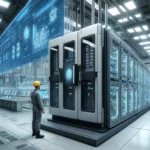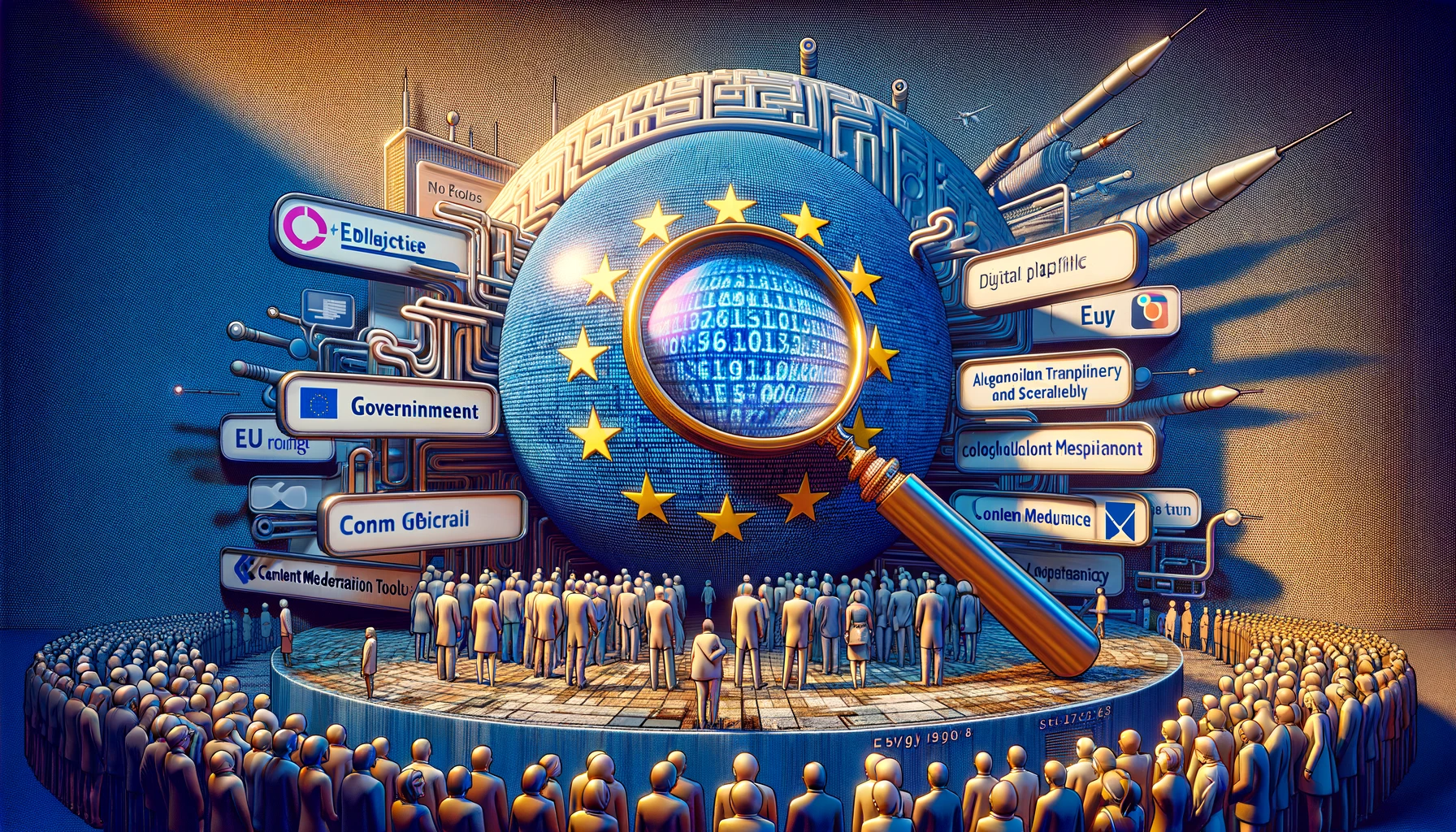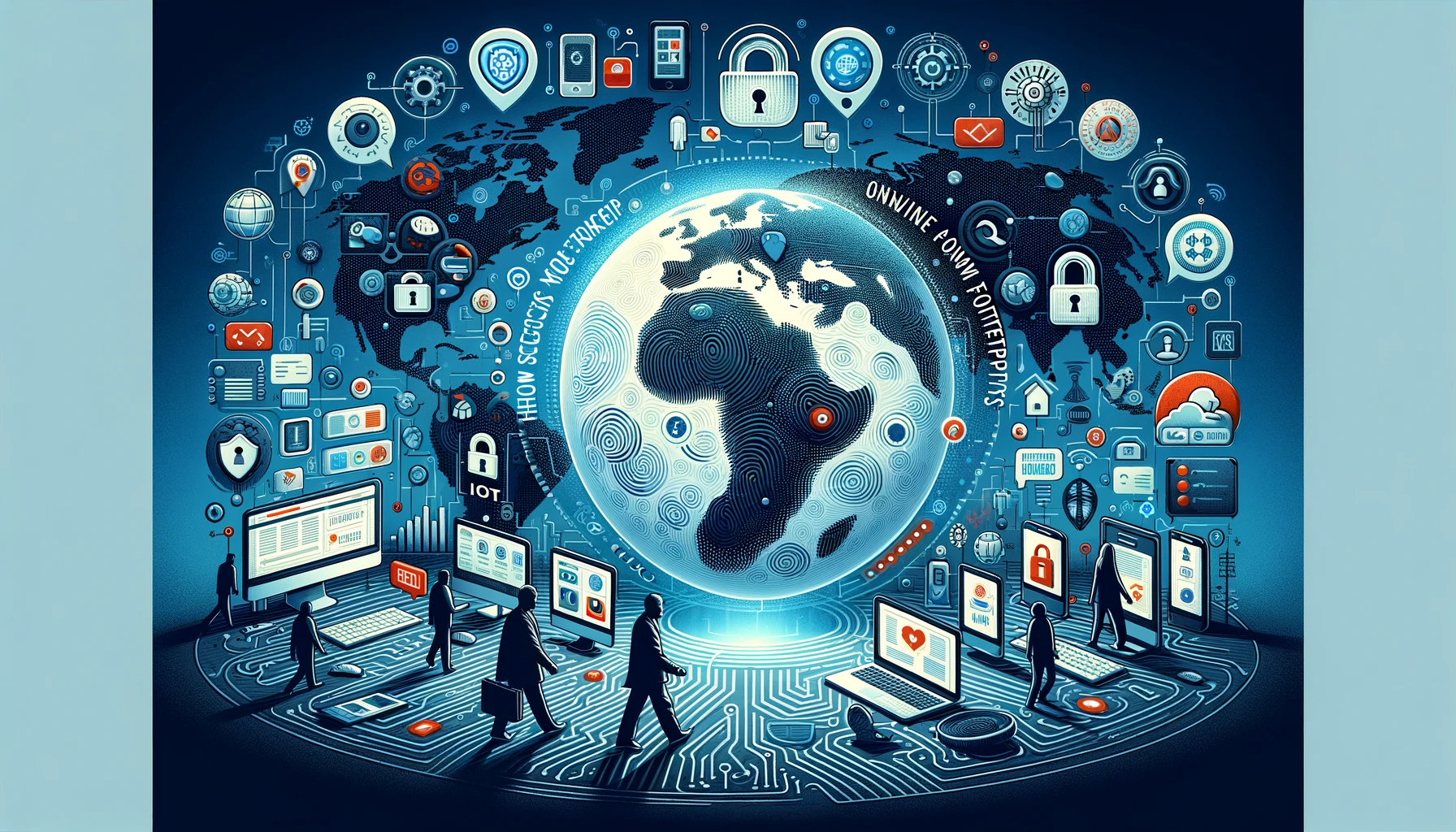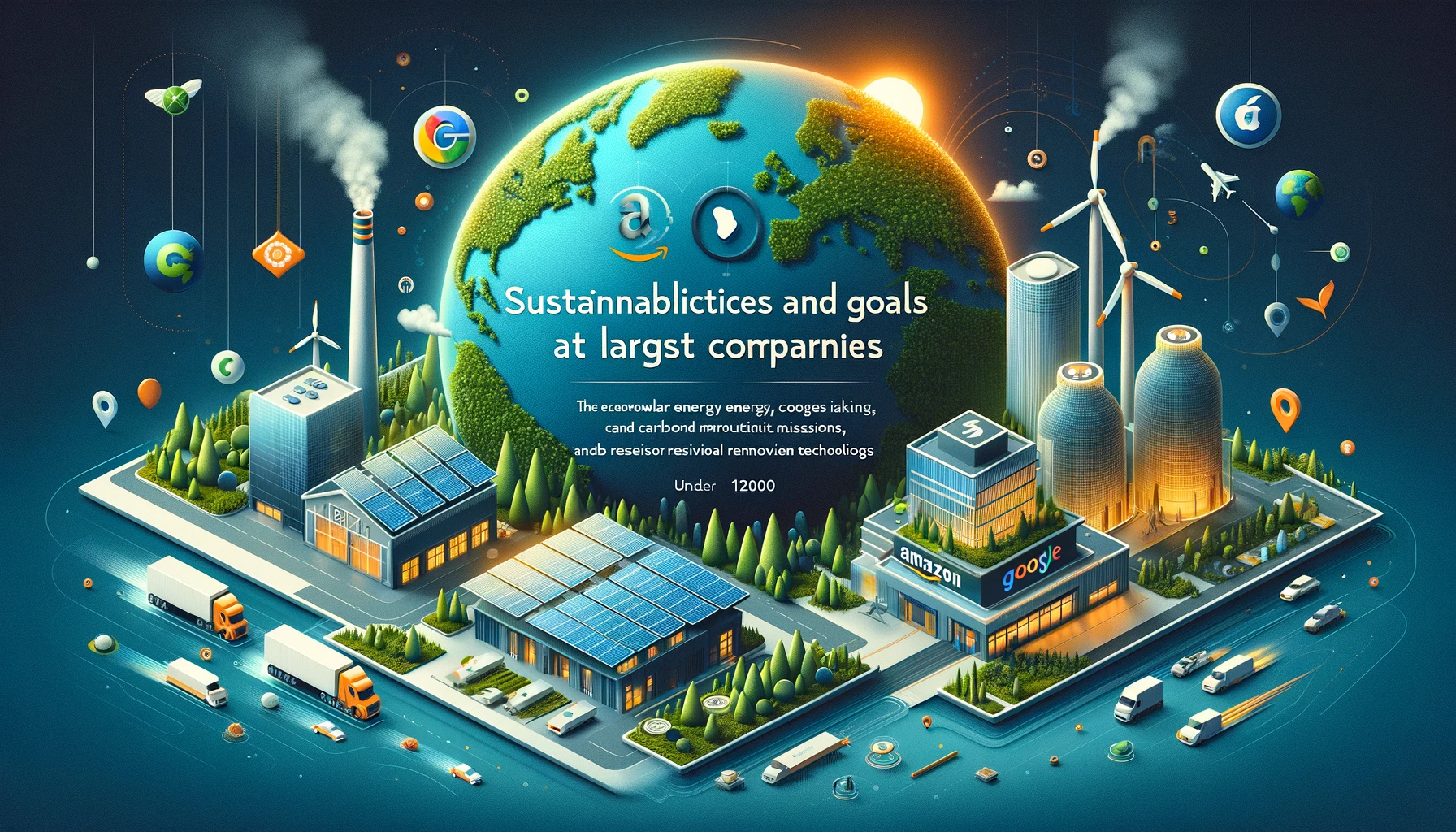As the traditional 9-to-5 office job becomes less prevalent, we’re seeing a significant rise in the gig economy. This term refers to work involving short-term contracts or freelance jobs, often facilitated by online platforms that connect businesses with independent workers. This trend is reshaping how we think about jobs and has significant implications for Human Resources (HR) professionals.
What’s Driving the Gig Economy?
Key Factors:
- Technological Advancements: Platforms like Upwork, Fiverr, and TaskRabbit make it easier for freelancers to find work and for companies to access a global talent pool.
- Shifting Worker Preferences: Many younger workers seek flexibility, work-life balance, and autonomy, all hallmarks of gig work.
- Increased Project-Based Work: Companies are increasingly looking for specialized skills for specific projects, where hiring gig workers can be more cost-effective.
Benefits and Challenges for Businesses
Advantages:
- Scalability: Businesses can adjust their workforce size based on project needs without the long-term commitment to employees.
- Cost-Effectiveness: Savings on benefits, office space, and equipment are significant since gig workers typically handle these expenses themselves.
- Access to Diverse Talent: A broader range of skills and experiences is available, thanks to global access to freelancers.
Challenges:
- Lack of Control: It can be harder to ensure consistency and quality in work from gig workers compared to full-time employees.
- Employee Engagement: With a transient workforce, cultivating company culture and loyalty is challenging.
- Compliance Issues: Navigating labor laws and proper worker classification can be tricky and fraught with legal risks.
HR’s New Playbook: Adapting to the Gig Economy
Strategies for HR:
- Develop a Gig Talent Strategy: Identify which roles are suitable for freelancers and set clear engagement guidelines.
- Create a Talent Marketplace: An internal platform for connecting with gig workers could streamline processes.
- Upskill Existing Employees: Prepare your full-time team to work effectively with freelancers.
- Performance Management: Implement clear metrics and feedback systems to manage gig worker performance.
- Benefits for Gig Workers: Consider offering packages or incentives to attract and retain top talent.
- Data-Driven Decisions: Use analytics to monitor performance and optimize your workforce strategy.
Embracing the Gig Economy
Rather than viewing the gig economy as a threat, HR can see it as a complementary component of the workforce. By adapting HR strategies to include gig workers, companies can enjoy the flexibility and innovation that freelancers bring to the table.
Looking Forward
The gig economy isn’t going anywhere. It’s likely to grow, and we may see more regulations around worker classification and benefits. HR professionals who proactively manage and integrate gig workers into their labor strategies will position their companies to attract and keep top talent in the future.
















